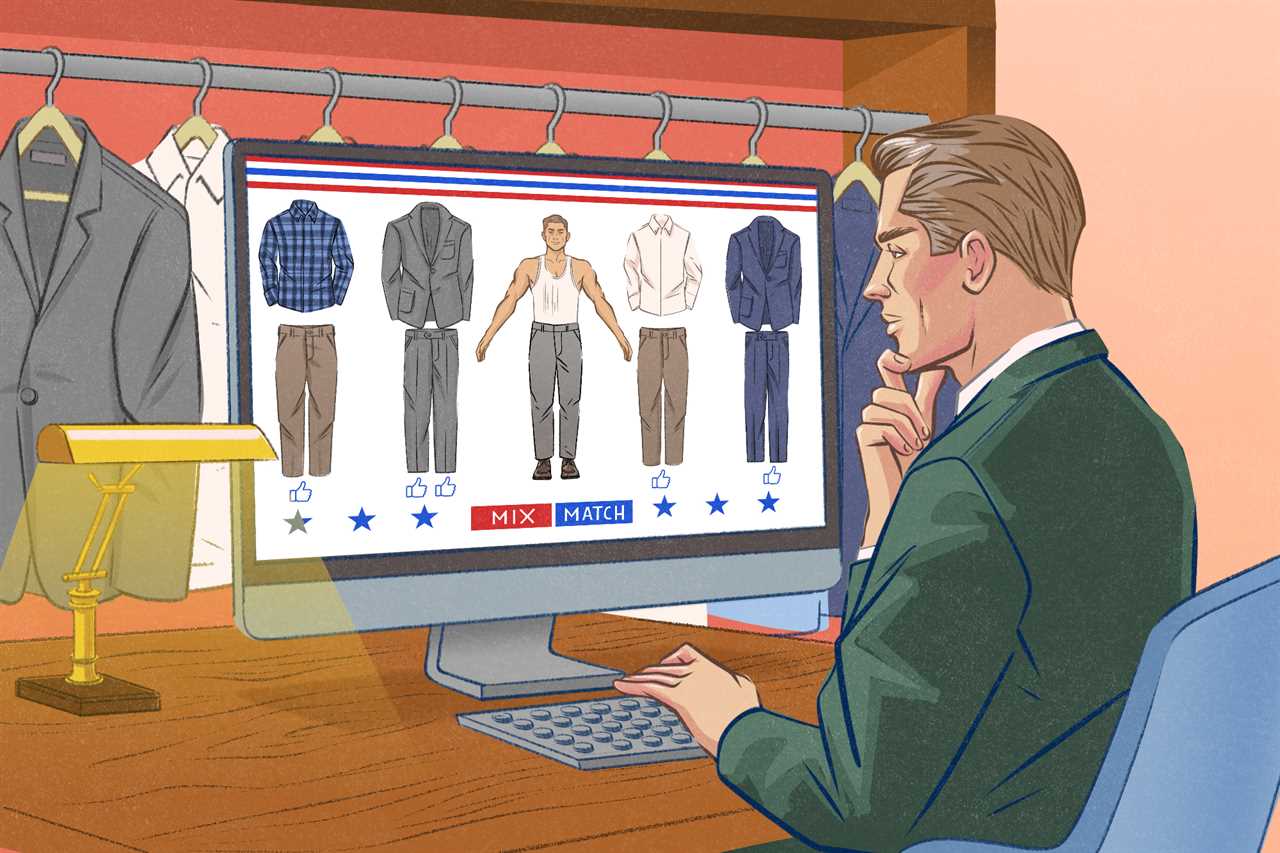
If there’s one thing that still has bipartisan support in politics, it’s embarrassing menswear. In a move that made less-than-fashionable headlines, Democratic Minority Leader Hakeem Jeffries, Republican House Speaker Kevin McCarthy and Republican Senate Minority Leader Mitch McConnell all recently wore “dress sneakers” — a term I needn’t bother dismissing as an oxymoron — to the White House.
It’s just one of many unstylish trends that have ruined men’s outfits in the nation’s capital and other political centers. Male politicians are wearing ill-fitting suits, orphaned suit jackets paired with light-washed jeans, trousers that puddle around their ankles and sweaters crammed into too-small jackets.
These faux pas mostly go unnoticed during non-election years. But for presidential candidates on the campaign trail, these kinds of clothing missteps can cause unnecessary headlines and take attention away from their message.
These days, it’s the male politicians who need the most help with their wardrobe. So, for all the men out there with White House aspirations, here are some tips for how to best present yourselves, from the campaign stop at the diner to the big speech at the dais.
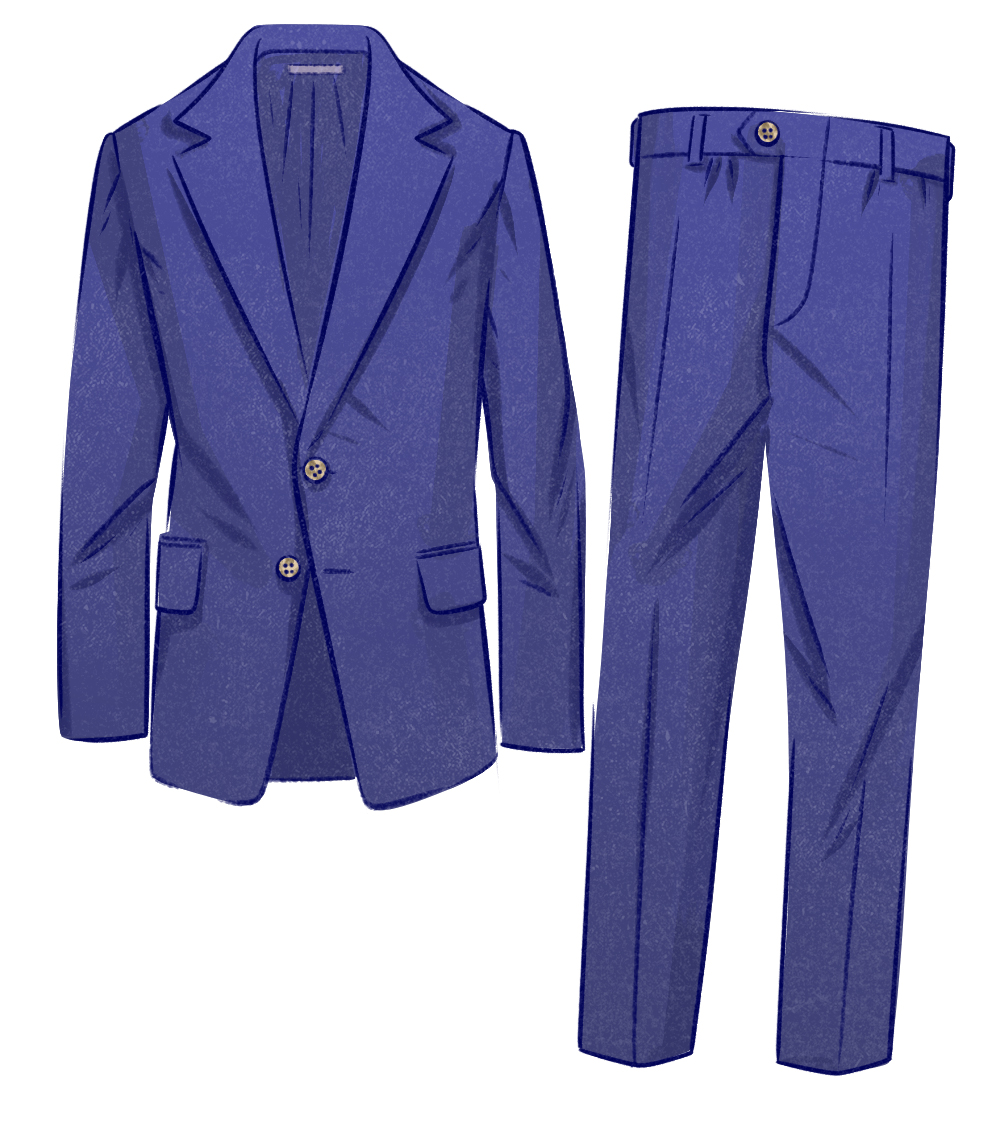
It’s a Suit, Not a Personality
The suit has been dying a slow, anguished death since the 1950s. But when Mark Zuckerberg testified before Congress in 2020, he wore a dark worsted suit with a white shirt and a dark silk tie, rather than the hoodies and jeans that have come to represent Silicon Valley. Vanessa Friedman of the New York Times called it his “trust-me suit.”
In American politics, trust-me suits still wield considerable power, making them ideal for speeches, rallies and TV hits. Cameras can distort fine patterns like micro-herringbones and fine glen checks, so a good trust-me suit will be a solid, dark color like navy or charcoal. Under harsh, unforgiving lighting, hard-finished fabrics, such as silky super wools or mohair-wool blends, can appear cheap. Instead, choose fabrics with a soft finish, such as woolen flannel. President Joe Biden executes this well by mostly sticking to solid, matte blue suits, relying on the superior cut of his clothes to make a positive impression.
Your trust-me suit should be as conventionally conservative as Mitt Romney. By keeping things simple, you direct the focus to your message — rather than your clothes. Wear dark worsted suits with lapels that end halfway between your collar and shoulder joint, and jackets that terminate halfway between your collar and the floor. Pair them with traditional spread collar shirts, rather than the more aggressive styles such as the cutaway, à la Roger Stone. Stick to traditional colors for footwear, such as medium brown, dark brown or jet black. Tan shoes shine like flashlights with dark worsted wool suits, dragging the eye down and distracting the viewer. And, for the love of God, stay away from the dress sneakers that have been popular in Washington. Not comfy enough? Get some foam insoles.
Finally, before any major appearance, have your suits professionally pressed. Pressing is preferable to steaming because hot steam without pressure can cause a tailored jacket to pucker. If you leave the pressing to one of your aides, they should use a pressing cloth and only press down — never moving the iron back and forth — to avoid burning the fabric and causing it to shine.
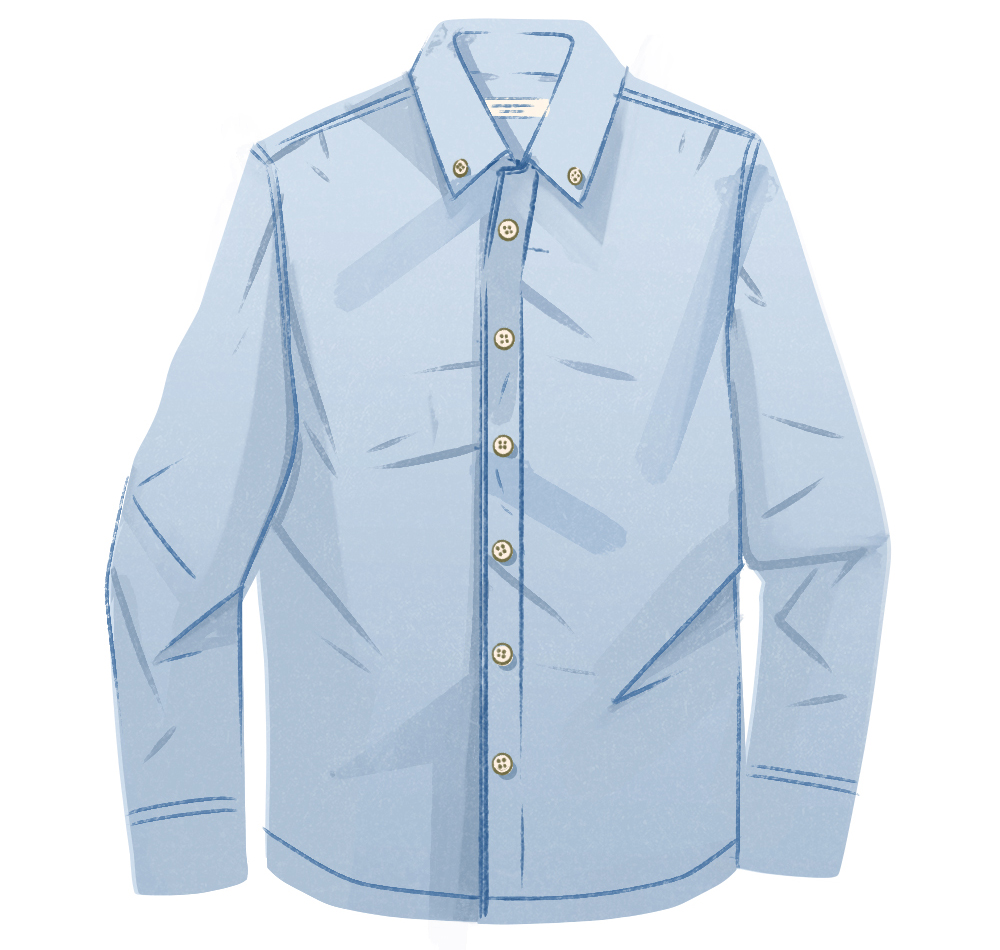
Your Suit Shirt Is Not Casual
Over the last 30 years, male politicians have been slowly shedding their ties and suit jackets to look more relatable. But most candidates still wear the same white, poplin, semi-spread collar shirt they typically wear under a suit. The outfit just ends up looking lazy, like a man in a suit took off his jacket to seem less corporate. A better move would be to wear a light blue, oxford cloth button-down.
The term button-down refers to how the collar points secure to the shirt’s body with tiny buttons, a design that John E. Brooks of Brooks Brothers imported to these shores after seeing the design on British polo players. When Brooks Brothers first introduced button-down shirts in the early 20th century, they quickly became an American classic. The button-down shirt was the sine qua non of the post-war Ivy Style look, commonly paired with shabby tweeds and flat-front chinos. Politicians have long worn them while kissing babies.
You should wear button-downs today for two reasons. First, it’s the most American dress shirt style, the button-up equivalent of 501 blue jeans or Coca-Cola. Wearing one is a sign of patriotism and demonstrates an understanding of our shared cultural history. Secondly, it performs an important function: Without the structural support of a tie, the points of a semi-spread collar can spread out and appear sloppy. Conversely, a button-down will always look neat and tidy. Light blue shirts are also a little more causal than their optic white counterparts — useful when you’re trying to dress down.
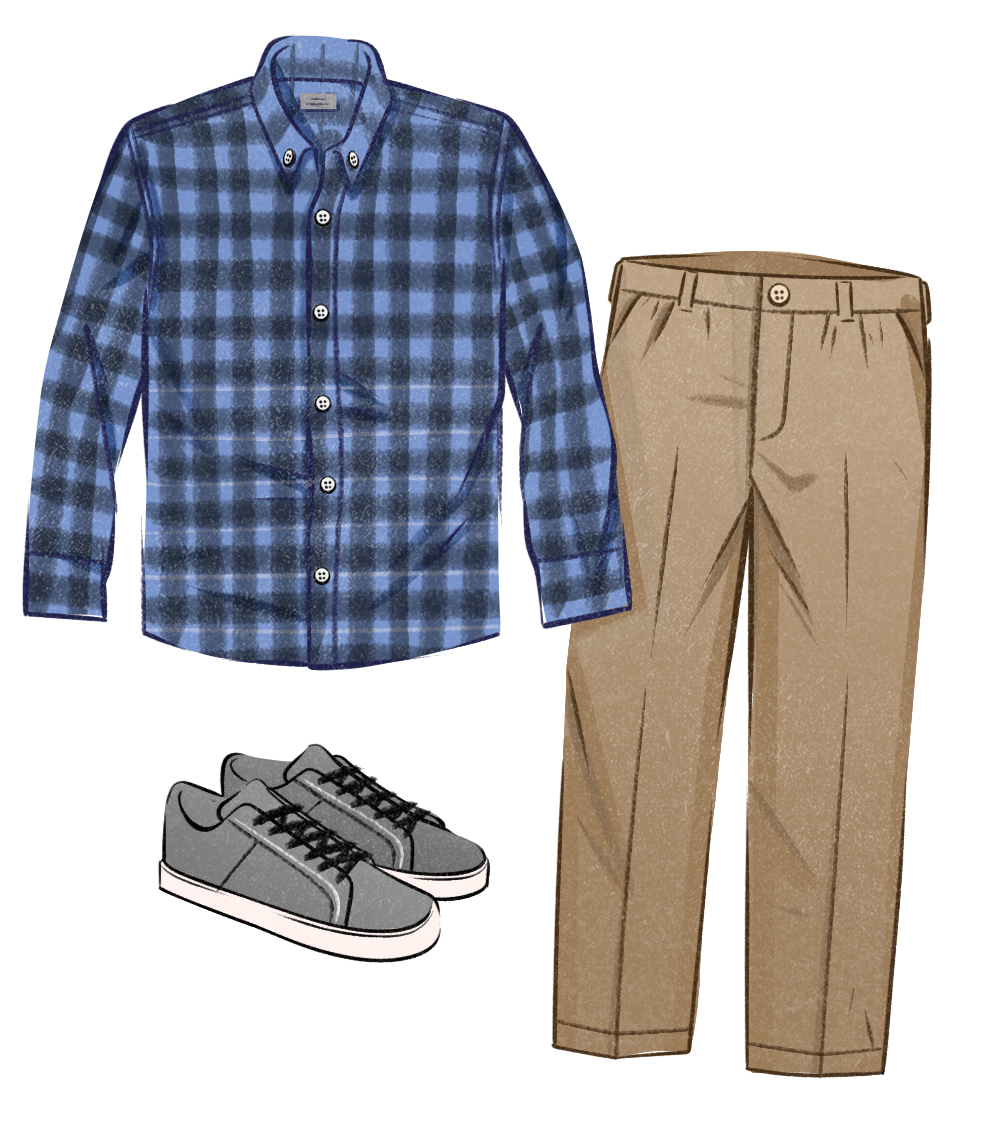
Casualwear Tells Your Story — Make It a Good One
What do you wear when you go on a steel factory tour, survey a farm or stop by the neighborhood diner? Finding the right casual uniform is all about context; a lot depends on what you as an individual can convincingly pull off. Florida Gov. Ron DeSantis has been trying to lure in voters by wearing branded fishing shirts. “He’s communicating that he’s from Florida, that he’s from a saltwater state, that he’s active,” David Coggins, menswear writer and the author of The Optimist: A Case for the Fly Fishing Life, recently conjectured in the Wall Street Journal. Similarly, Massachusetts’ John Kerry and Romney have hit the campaign trail dressed like L.L.Bean models, with their rugged cotton field coats and flat front chinos, while Lyndon Johnson and George W. Bush have worn cowboy hats and boots because of their Texan heritage. Obama, a Hawaiian who began his political career in Chicago, didn’t pretend to have Midwestern roots when he visited the heartland; he wisely opted for classic suit pants or chinos with solid blue dress shirts — sleeves always rolled up, of course.
Regardless of background, most candidates could use a pair of jeans or chinos in a cut that won’t take attention away from their campaign. You don’t want to cause the Romney mom-jean controversy of 2012 or the Obama dad-jean debacle of 2009. (Even Obama admitted those were a mistake). Instead, aim for a slim-straight cut with a moderate rise — nothing too big or skinny — and pair these with soft plaid flannel shirts, which are geographically neutral while still communicating a kind of practical, honest character. Clothiers such as L.L.Bean, Lands’ End, Vermont Flannel, O’Connell’s, Levi’s and Bills Khakis will be good resources.
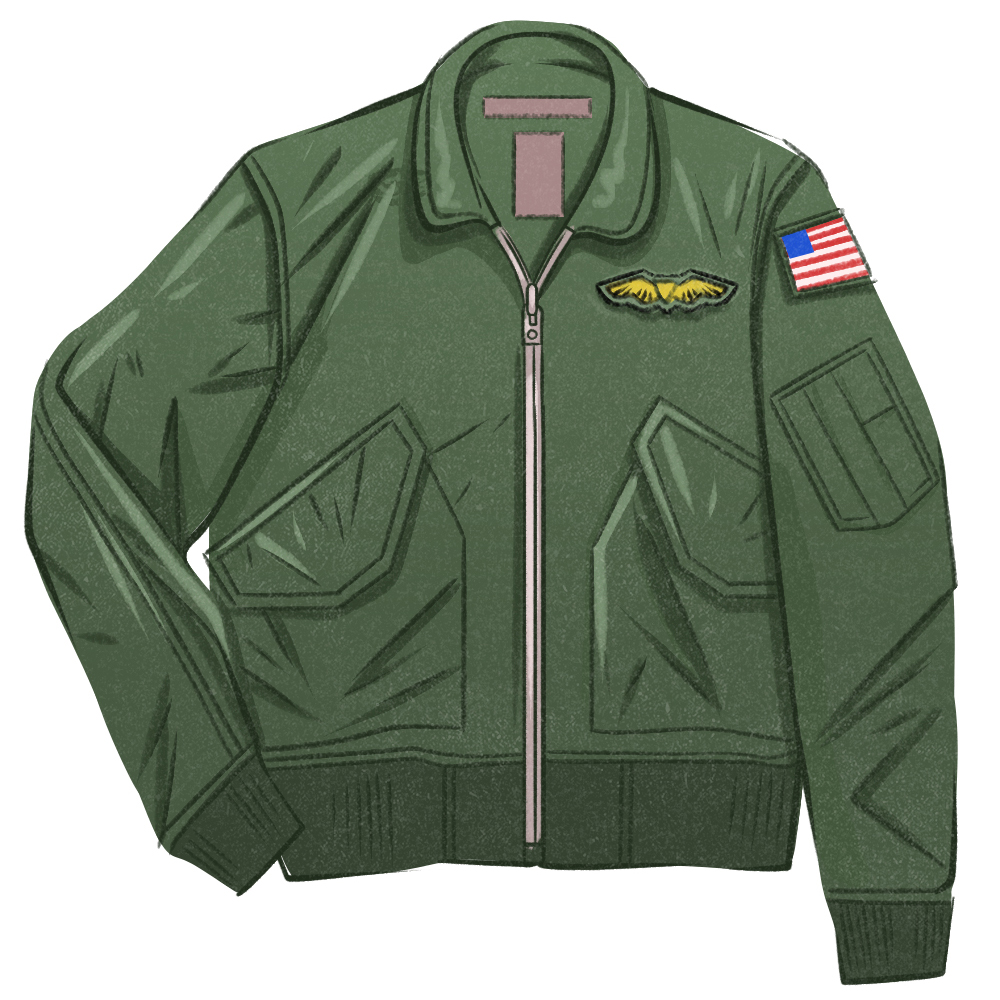
Your Outerwear Is Your Brand
Casual outerwear is an opportunity to reinforce your brand. You don’t need anything flashy, just something that subtly reminds voters of your qualifications. Adam Frisch, the Colorado Democrat who ran against Republican Rep. Lauren Boebert last year, wears a rugged, red plaid outdoorsman coat straight out of a 1930s Filson catalog on one of his online fundraising pages. The coat is an excellent way for him to reinforce his image as a rural Democrat who understands Colorado values. Similarly, Arizona Sen. Mark Kelly, a former astronaut and United States Navy captain, is frequently photographed wearing his olive flight jacket, which is emblazoned with an American flag and United States Naval patches.
Think about what you’re trying to communicate with a casual jacket. A brown leather G-1 flight jacket with a furry mouton collar can remind voters of a candidate’s military credentials. Midwestern candidates can use barn coats to distance themselves from Washington politics. A bit of soul-searching will be in order.
If you can’t think of an outerwear option that can brand you, don’t forget about the opportunities available in tailoring. Former President Donald Trump has built a billion-dollar brand around his overly long, bright red ties. The tie has not only become something of a personal style signature, but also a way for him to remind voters of his business background.
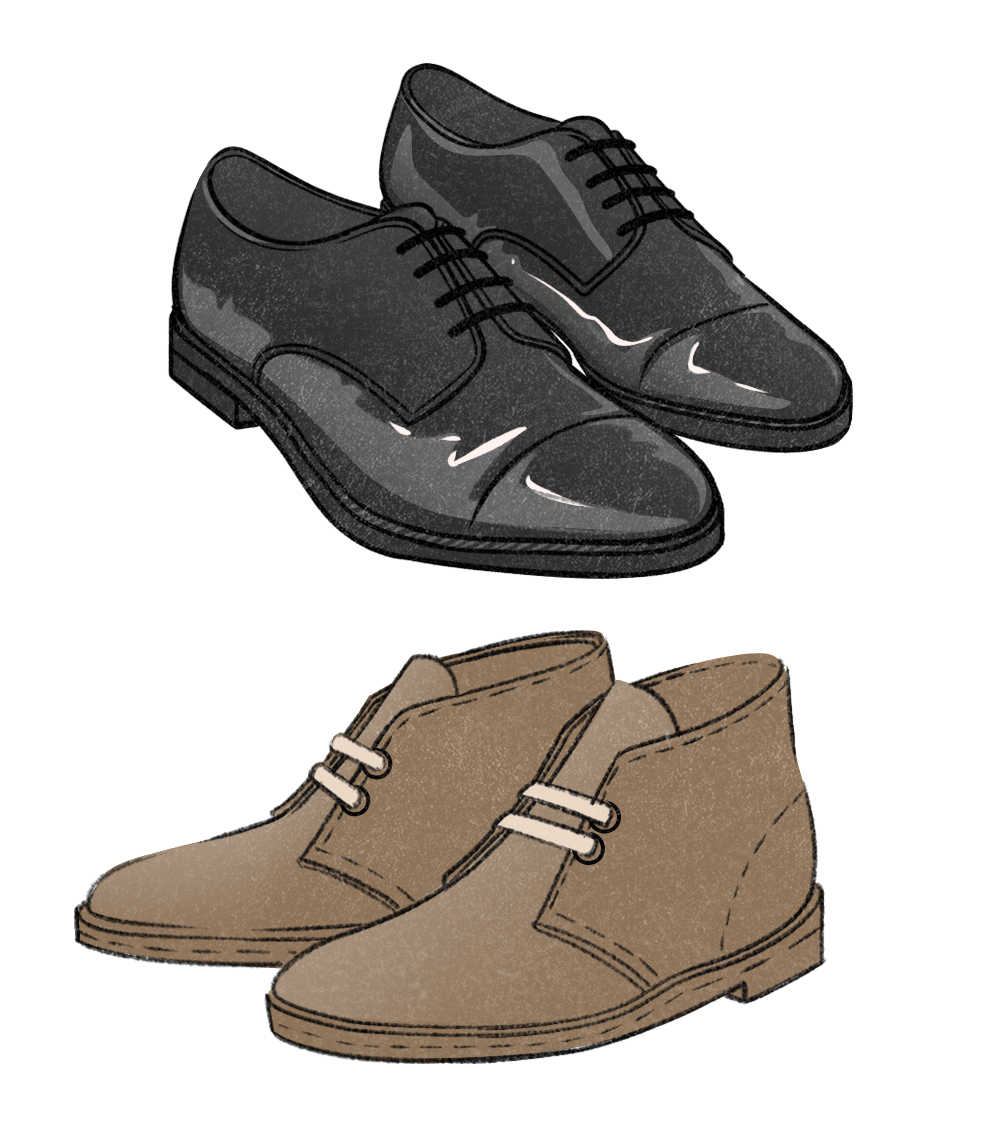
Keep Your Shoes Out of the Headlines
In 2016, Marco Rubio’s black, side-zip boots with elevated heels became a source of national fascination. The New York Times wrote about the “cute boots” controversy; Vanity Fair speculated on where they were from and how much they cost (POLITICO sussed out the brand and price; they were from Florsheim and cost $135). When photos of the boots came out, Ted Cruz’s primary campaign team went on a mocking spree. “A Vote for Marco Rubio Is a Vote for Men’s High-Heeled Booties,” tweeted Rick Tyler, Cruz’s communications director. “Rubio supports Italian boots on the ground,” said rapid response director Brian Phillips.
To avoid making such headlines, wear sensible, comfortable shoes that complement an outfit without drawing attention to themselves. You can’t go wrong with a grey pair of New Balances’ 990v5 or 574, both among the company’s most understated runners. Clarks’ desert boots have a crepe sole that makes them almost as comfortable as sneakers while conveying a slightly more mature vibe. (Anthony Bourdain was known to wear a pair.) Suede or brown grained leather chukkas with a Dainite sole are incredibly adaptable and will look great with everything from chinos to flannel trousers. The studded, hard-wearing leather bottoms will be more comfortable right out of the box and perform better on wet concrete than pure leather soles. Finally, dress up with black or dark brown leather derbies. The open facings make these more adjustable and comfortable than oxford dress shoes, and they can work with everything from business casual to dark suits.
One final tip: If you’re lucky enough to win the election, wear oxfords during your acceptance speech — a more formal style fit for the White House.
----------------------------------------
By: Derek Guy
Title: The Twitter Menswear Guy Has Some Advice for the Campaign Trail
Sourced From: www.politico.com/news/magazine/2023/07/21/twitter-menswear-guy-campaign-trail-00106972
Published Date: Fri, 21 Jul 2023 03:30:00 EST






